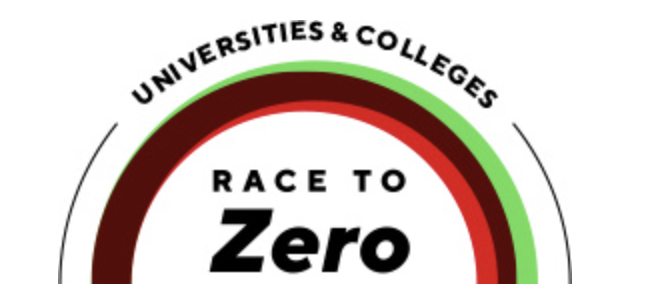Before arriving in Isabela I had a very remote idea of what would be waiting for me. When I mentioned to friends in the United States that I was going to the Galapagos Islands for nearly three months to do public health work I was often met with utter confusion, as many do not realize that there is a substantial human population in the Galapagos.
Of course everyone has heard of the wonders of the Galapagos Islands with its nature and diverse wildlife and as the birthplace of Darwin’s Theory of Natural Selection. However, little is spoken of the people that actually live here. Truthfully, before planning my trip I had trouble finding the Galapagos Islands on a map. I was ignorant to the culture of the people here and even the language that was spoken. To my delight I found that the Galapagos Islands are an Ecuadorian province made up of Spanish-speaking families who have either migrated here from the Ecuadorian mainland or who have lived here for many years. Having been born and raised in Miami, a city that hosts many different Latin cultures I was comforted to know that I would be able to communicate with the locals and be familiar with many of their customs. Isabela is less inhabited than some of the more commercial islands and has more of a small town feel. It is breathtakingly beautiful with its beaches and unique animals but at the same time is immensely in need of public health improvements.
There are many health concerns on the island as I was informed of when I arrived. The project that I will be focusing on during my time here is nutritional education for the local population on a multitude of levels. Metabolic disorders like obesity, diabetes and heart disease are common in Isabela, due to the lack of ample nutrition in the local population’s diets. Since the population at one point in time was malnourished, currently more weight is placed on eating larger meals with artificial supplements rather than on maintaining a well-balanced diet. Therefore, my current project includes developing and holding nutrition workshops for parents, school care workers and pregnant teenagers within the community. I am also developing new meal plans for the children within the schools as many of the schools provide daily meals for the children. I am hoping that by working jointly with the parents, teachers and cooks through education, cooking workshops and meal plans they will be empowered to change their eating habits for the long term. So far I have had a great response from the people here, they have been incredibly welcoming and are so open minded and eager to learn about things they can do to improve their health.
Another exciting project that I worked on during my time with IOI was on developing a community health assessment of prevalent diseases within the community. This was done by working in the local hospital with their health records in order to assess what diseases needed more attention. Respiratory infections and diarrheal infections were the most common health problems found on the island of Isabela, with a prevalence of 20.6% and 3.19% respectively over an 8 month period. This is likely due to poor hygiene and inadequate water sanitation. Among chronic diseases, high blood pressure (2.35% prevalence) and diabetes (0.80% prevalence) were present among individuals. Hopefully, the findings from the community health assessment will facilitate the planning and implementation of the community health center that IOI is preparing to open in the future. My time in Isabela so far has been incredible. I feel so lucky to have worked with an organization that cares so much about making a difference in the lives of those within the local community. After I leave in August I will go back to Boston University to finish my Master of Public Health degree in Epidemiology and really hope to continue to work on outreach projects similar to those completed in Isabela!
Jessica B. – public health































